When I was around six or seven years old. My Brother started reading this book series and he would tell me and my family about it and it sounded wonderful, I fell in love with it just from hearing about it for my brother. Then we found out they were making a film series and mom immediately started buying everything she could find. I had just about every action figure they came out with(Especially from the second film) and even had all the Burger King toys and glasses(Still do!) Ten years later, after watching the movies and reading the books, The author’s story would inspire me to start writing my own stories and now here we are. This story is The Lord Of The Rings By J.R.R. Tolkien.

Today marks the 15th anniversary of the Lord Of The Rings films premiering in theaters. From the opening monologue delivered by Cate Blanchett as Galadriel to Sir. Ian McKellen as Gandalf fighting the Balrog on the bridge of Khazad Dum all the way to breaking of the fellowship at Amon Hen, this film introduced me to a world that I would never want to leave. As I got older I had read the books and discovered even more about Middle-Earth…and then about Beleriand after and Arda as a whole after that. The world that Tolkien created was one that my generation grew up with through films but the books are where you have to go if you want to truly enjoy the story for what it is : A masterpiece.
John Ronald Reuel Tolkien began writing stories in the trenches of World War I on whatever pieces of paper he could find. These stories would go on to be the beginnings of The Silmarillion: the epic history of Arda. The Silmarillion reads more like a history book which covers major events over the course of around 4000 years. Although John would never actually see this story published it was a story that was very close to his heart. These stories include stories of Beren and Luthien, Turin Turambar, The Fall Of Gondolin, Feanor, Earendil and many more. His son, Christopher went on to publish the book four years after his father’s death. He compiled and edited hundreds of notes that were left for him and told us of this history. Christopher would go on to release many more books of his Father’s notes including early versions of Lord Of The Rings and The Silmarillion.

John, upon returning from the war, would continue teaching at Oxford and writing these stories, almost 20 years later he would publish one of them. The story was The Hobbit, which went on to become one of the best selling books of the 20th century and would redefine the idea of not only children books but also fantasy stories in general. The tale of the Hobbit: Bilbo Baggins, the Wizard: Gandalf and the Dwarves: Thorin Oakenshield and company would introduce us to a world unlike any other. These were stories that we could fully immerse ourselves in and learn about the world surrounding them. So, naturally, we wanted more.

In 1954-1955, Tolkien finally published The Lord Of The Rings, comprised of The Fellowship Of The Ring, The Two Towers and The Return Of The King. This is widely considered to be one of the greatest books of all time and it definitely earns that spot from a sprawling epic story that tells of the ring, the dark forces searching for it and a cast of characters that will stay with you long after reading it. Everyone is very interesting and complex and you genuinely want to see what happens with them because you truly care about all of them.
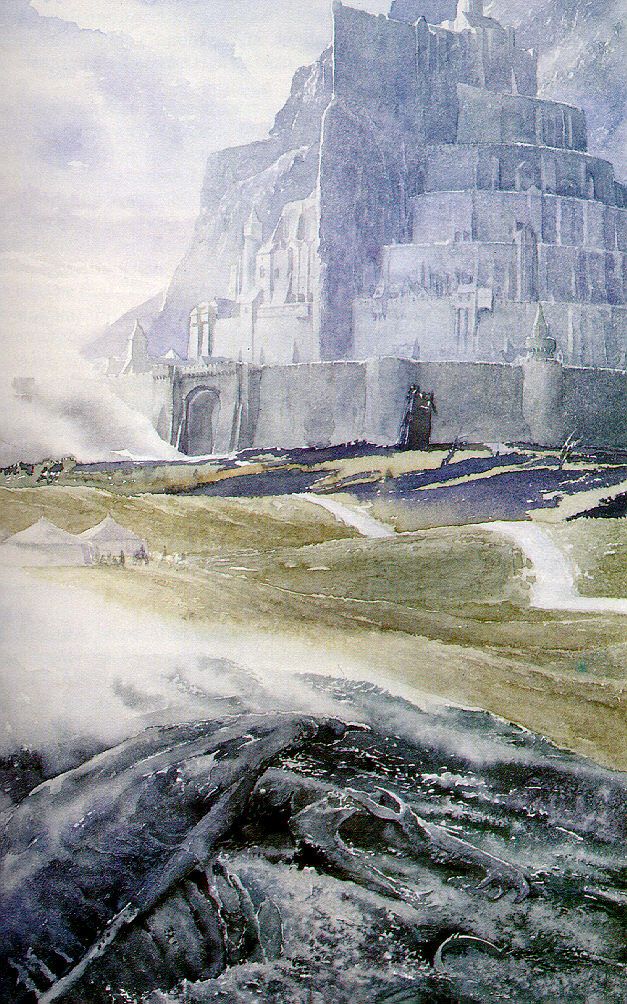
But why are these stories so close to us? What makes us have this longing for fantastical heroes and dark lords to challenge us? I think we as humans are imbued with a want for some sense of adventure and fantasy. Look around some spots of our world and you’d find that we are surrounded by magical areas(Places I fully intend on visiting sometime in my life.) It’s not hard to understand a longing to be a part of the Fellowship of the Ring, or in the company of an Aes Sedai, or joining with the Pevensies or Caspian or even traveling the northern lands of Westeros. Fantasy itself calls to us when it’s presented to us in a way that makes us feel like we are a part of it. You feel the characters pain and agony and you rejoice when they triumph over an obstacle. No one did this better than Tolkien.

Now some people will say that Tolkien is overrated or that they prefer their fantasy to have more Gray areas like some of the characters in Game Of Thrones and although I also love that series I have to say that clearly they weren’t paying enough attention to the books. Here’s a list of Characters that make many decisions that could easily be considered a bit more gray:
- Feanor
- Boromir
- Denethor
- Elrond
- Thorin
- Smeagol/Gollum
- Bilbo
- And even to some extent : Turin Turambar
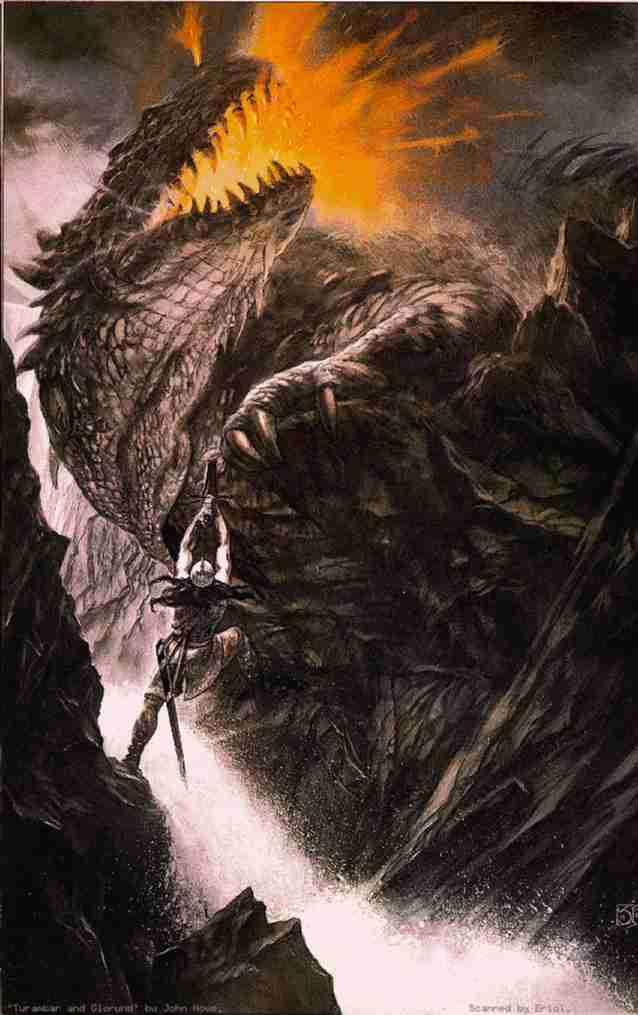
Now I know that Tolkien does mostly feature characters that are either good or evil but their complexities lie beyond dark deeds or noble causes. Aragorn is a very conflicted character throughout much of The Lord Of The Rings due to his fear of becoming just like his ancestor. A fear that is even more solidified when he sees what the ring does to Boromir. His conflict doesn’t make him a gray character but gray doesn’t mean interesting and I’m personally very tired of that phase of writing that has become so prevalent in the last twenty years.(But that’s an article for another time)
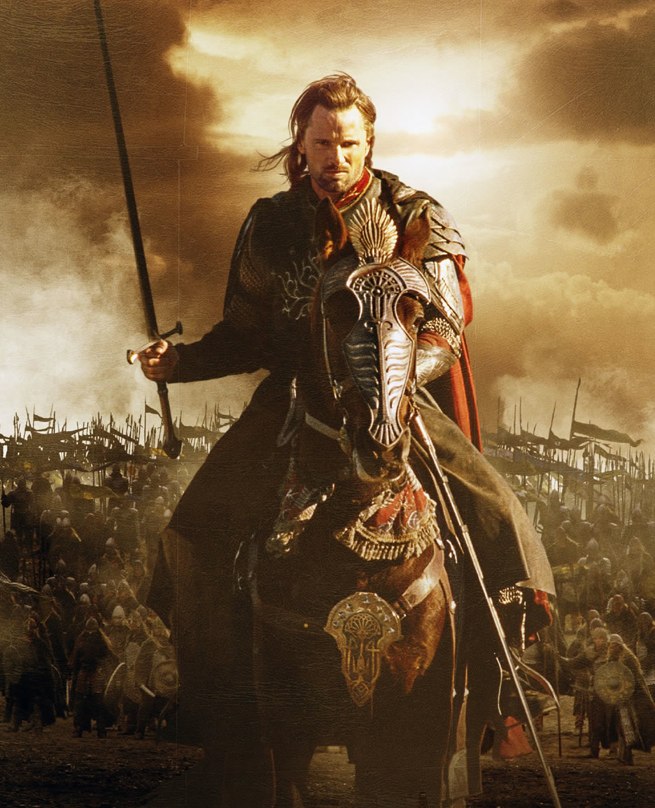
Now, getting back to the the 15th anniversary of the films. When I first saw them, they were just fun films that I loved but it was years later when I would finally realize just how important these were not just to me but also the world of cinema.
Think about the ramifications of a group of people coming together to make a film of one of the greatest books of all time. It was widely considered to be unfilmable and it really was. The film leaves a lot out, naturally, but they do a really good job of streamlining the story without hurting Tolkien’s vision. I’ve always imagined these films to be the same way that Led Zeppelin was formed : the right people coming together at the right time to change the genre and make something that would stand the test of time.
The crew was clearly very careful about how they went about these films when it came to authenicity, primary example being Weta Workshop, Richard Taylor and Ngila Dickson. Taylor was the head of Weta and they made thousands of different weapons and armors for the films based on different designs from the medieval times and the paintings of Alan Lee and John Howe. Dickson was the designer of basically every piece that wasn’t armor, so you can imagine the job she had of coming up with different looks for the four primary groupings of Hobbits, Elves, Rohirrim and Gondorians without making them look similar. A lesser grouping of people would’ve made it into a mess of designing that just got jumbled up together but instead they made Middle-Earth come to life and that can’t be overstated.
The set design, which was also led by Taylor and Howe, has to be mentioned as well. Using the natural beauty of New Zealand was a perfect way to create different set pieces. Hobbiton and Edoras especially due to the fact that much of that was naturally done. Now, of course there were different sound stages they would use for inside scenes and everything else but most of what was filmed in fields, mountains and forest were done on some sort of location.
So we’ve gone over how they made Middle-Earth come to life but we haven’t even discussed one of the primary reasons I love this film : The Cast. The Casting is a rarity to me because I can’t imagine anyone else playing these roles, Ian McKellen is Gandalf, Christopher Lee was Saruman, Viggo Mortensen is Aragorn, Elijah Wood is Frodo and so on and so forth. All of these men and women brought these characters to life with a love and reverence for the story that I don’t think anyone could’ve done any better. There are so many great moments to choose from whether it’s Sam’s speech at the end of The Two Towers, Gandalf saving the riders from Osgiliath from the Ringwraiths, the Ents attacking Isengard, the council of Elrond, the charge from the Hornburg, the charge of the Rohirrim at Minas Tirith, Aragorn claiming Anduril or any of the other classics that will forever stay with us because of the truly phenomenal performances of the cast. But surely some of them are bad actors, right? Nope! Every single one is a brilliant representation of what their character needs to be.
Now throughout the years, the saga of Middle-Earth has taken on different forms and Yes, I did have issues with them. The films based on The Hobbit were decidely lacking in the magic that the first trilogy had produced for us. I initially thought that this was due to these films being a cash grab by New Line and Jackson together but since then I have learned of other matters that were the cause of this being a less than stellar production.
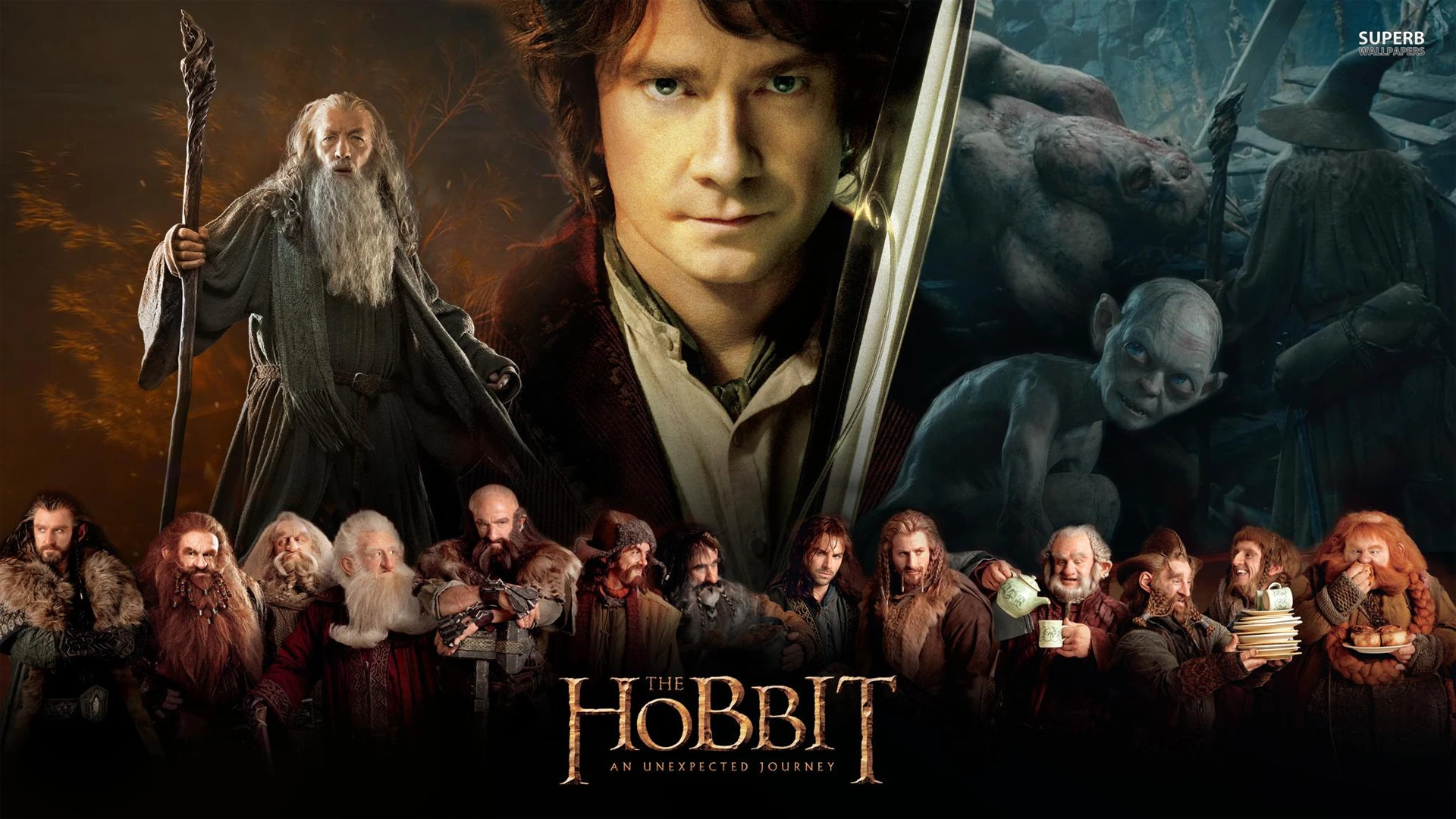
First, you have to understand Jackson’s directorial style. He uses storyboards heavily and this is why the first trilogy is so cinematic and why it makes for a great trilogy because he could plot out years in advance and not have to worry about deadlines. When Weta created all of these armaments and weaponry, it took well over two full years of pre-production and it showed. Jackson has always been someone who thinks out every single detail of every single shot in the film, which is why Middle-Earth seems so real in the first trilogy.
Fast forward about seven or eight years after the first trilogy and Guillermo Del Toro is scheduled to write and direct the new Hobbit Films…until MGM goes bankrupt and he chooses to back out right before shooting is supposed to start. They hire Jackson to do it but they don’t push any of the dates back. So instead of having three years of Pre-Production like he did with the last trilogy, he now has a year and a half to polish up the script, build the world of Middle-Earth and go with little vision of an endgame. In other words, whereas I previously thought the Hobbit wasn’t that great because of Jackson it was actually due to studio executives. Which is why there is heavy CGI all throughout those films and the best scenes are the ones where you can really feel what went into it.
Watch the video below if you need anymore proof about why I’m not harder on the Hobbit films. Knowing what they went actually makes me like them a bit more.
This doesn’t give the films a pass though and I do still have a major problem with the trilogy that could’ve been avoided no matter how much time they had. Tauriel and Legolas is one of my main issues with these films, now I don’t care that they were added to the storyline, cameos are always fun and I was even hoping to see a young Aragorn at Rivendell. No, what I do care about is the fact that they changed elements of the story to fit them in more then they should’ve.
First, Thorin is one of my favorite characters in the middle-earth saga but he is very much a character with faults. He let’s his greed get the better of him, he lashes out at multiple people and he goes back on his promises. So why do I like this character? Because he remains noble and faithful when it comes to his people. He’s always trying to do the best for his family and he’s willing to admit when he’s wrong. Now, how does Tauriel and Legolas change this? Well due to them having to push the love story they separate the dwarves. Kili was injured earlier in the film and he has to stay behind when they enter the mountain. Wait, Thorin? The loyal dwarf leader that cares about his family more than anything else in the world is willing to leave his nephew behind because he would slow the party down? Hmm, naturally I understand that this might have happened in the book had one of them been hurt but it didn’t so why change it unless you just wanted another reason to add Legolas and Tauriel and build the love triangle. Literally everything they do after the film can be done without having the dwarves be stuck in lake town. I understand this might be me nitpicking but I hate this part of the film every time because this is one of only two main times that they drastically change a character(Faramir’s capture of Frodo in Two Towers) and because of it they become that much more abrasive to the viewer.

That is my main problem with the films, that and way too much time focused on Alfrid and the master of lake town but the movie does do a lot of things right such as the casting being once again some of the best that any film could do. Benedict Cumberbatch as Smaug, Martin Freeman as Bilbo and Richard Armitage as Thorin all particularly shine in their roles as do all of the returning actors from the previous trilogy. I enjoyed that Dol Gulder and Ringwraith tomb scenes quite a bit and I thought it gave a great connection to the first trilogy as well. Other scenes like Riddles in the Dark and Bilbo meeting Smaug make for some of the best of the series. The Battle Of The Five Armies was well done to me, it made for some great sequences such as the the elves and Dwarves fighting together and the charge of Thorin’s company. Overall these films are fun to watch and I would definately recommend them to someone who is looking to delve further into Middle-Earth but if we’re comparing it to the original then there’s really no contest.

In closing, The Saga of Arda is one that will forever be with us. We’ll always long to see the white city of Minas Tirith or the shining trees of Lothlorien. Our stories go on and the love we have for these stories will always be with us.
Tolkien was right : The Road goes ever on and on…
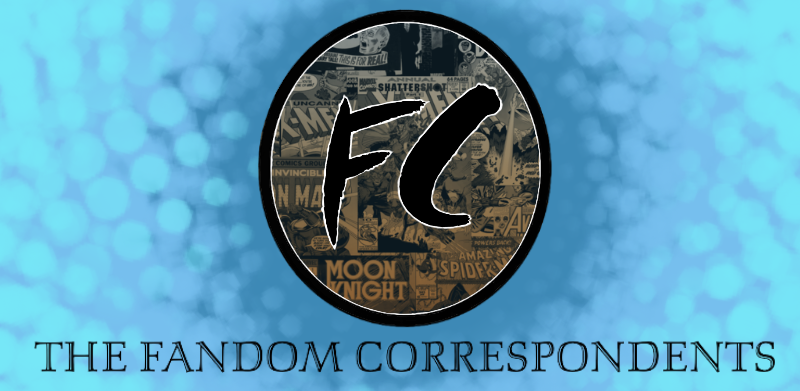
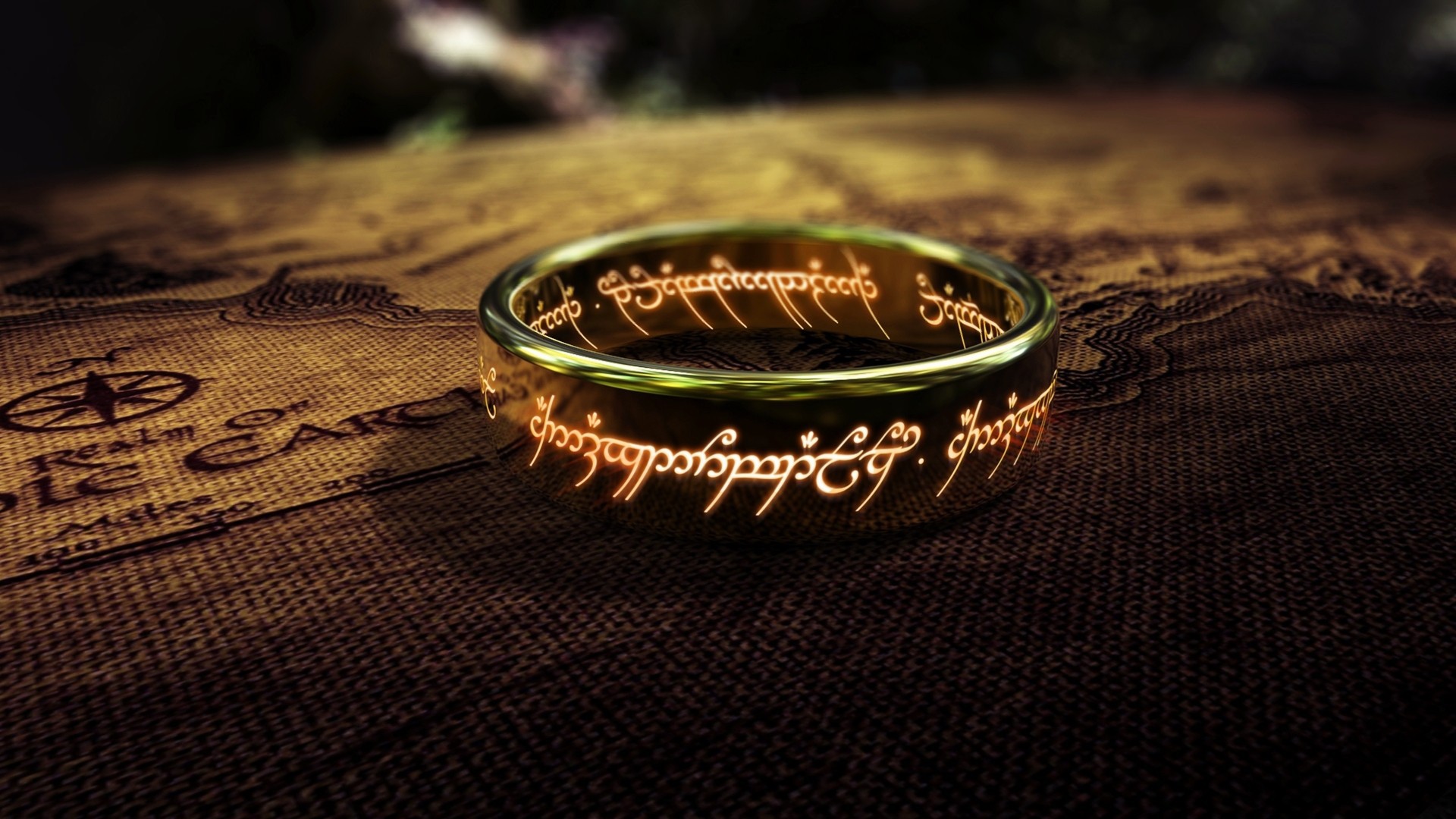

Yahoo is the best search engine system on the world .
There is no Peter, Only Zuul.
Very Interesting Article